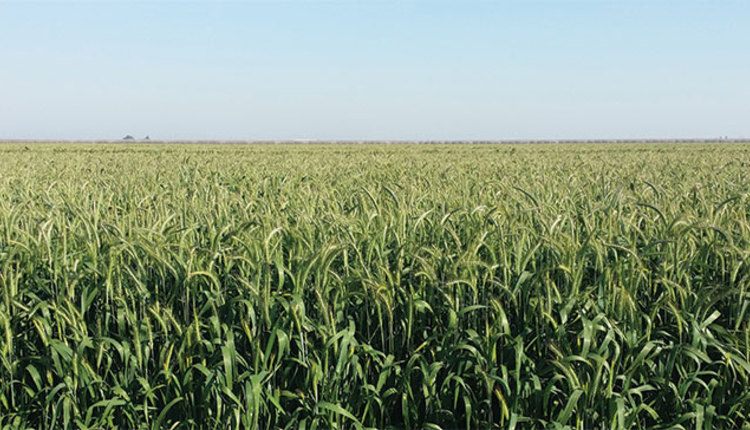The author is a livestock waste management specialist in the department of animal sciences at University of California, Davis
No dairy producer wants to dispose of saleable milk, but there have been times in the past year, due to COVID-19 ramifications and other reasons, where some farms were asked to reduce production or dump milk. Some of this milk ended up being land applied to fields.
It’s important to consider the ramifications of the nutrients in milk from an agronomic perspective. Milk is nutritious. It’s also going to contribute to the nutrient load when applied to land.
The table summarizes the nutrient composition of various sized tankers of milk based on bulk tank analyses from 34 Central Valley dairies in California. Every 5,000 gallons of milk contained 217 pounds of nitrogen and 35 pounds of phosphorus. When diets are formulated to the National Research Council’s recommendations for dairy cattle, a cow producing 88 pounds of milk is expected to excrete 0.99 pound of nitrogen and 0.17 pound of phosphorus daily.

On a phosphorus basis, 5,000 gallons of milk is equivalent to 205 milking cows’ worth of manure for one day. On a nitrogen basis, 5,000 gallons of milk is equivalent to 220 cows’ daily manure.
From a nutrient uptake perspective, an acre of corn silage yielding 30 tons at 27% dry matter (DM) removes 243 pounds of nitrogen (1.5% nitrogen on a DM basis) and 43 pounds of phosphorus (0.27% phosphorus on a DM basis). In the example above, another 0.8 acre of land is needed to grow corn silage to utilize the phosphorus from 5,000 gallons of milk. If your corn yields or phosphorus concentrations are lower, you’ll need more land.
Know your fields
Your geographic location and the amount of milk dumped will determine if you should have no concern, great concern, or if you’re somewhere in between. Remember to do your due diligence with your regulatory authority and notify them of milk disposals if this is a requirement. Also remember to include appropriate reporting.
Climate, watershed sensitivity, regulatory requirements, and other local specific conditions impact the potential challenges associated with dumping milk. In addition to the nutrient content, the fat composition of milk makes it quite a challenge to manage.
Minimizing undesirable mineral buildup in pipelines and odors, flies, and nutrient hot spots in fields is important. Uniform distribution of milk is key. In many states, a dairy association or cooperative extension service can provide guidelines for milk disposal.
I sincerely hope your future tanks go directly to your processor! But if you find yourself in a situation where milk must be land applied, please keep these values in mind.
This article appeared in the May 2021 issue of Journal of Nutrient Management on page 18.
Not a subscriber? Click to get the print magazine.






